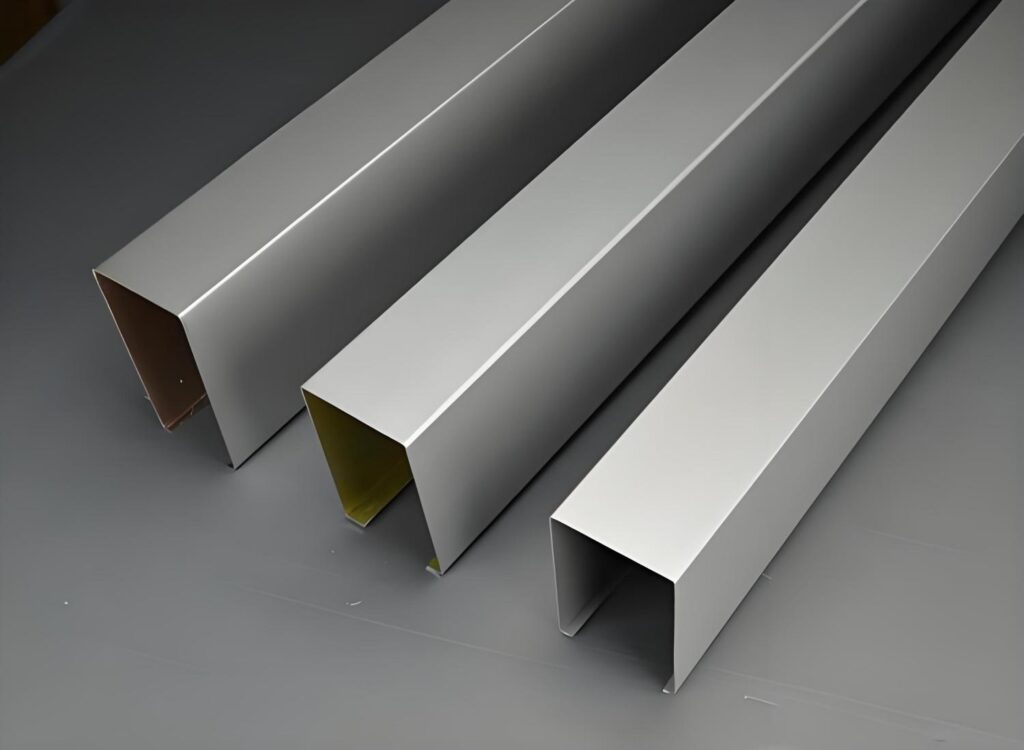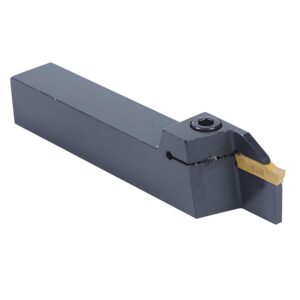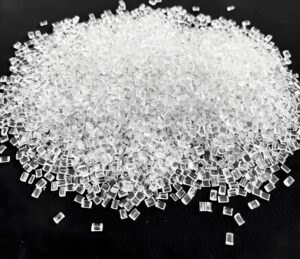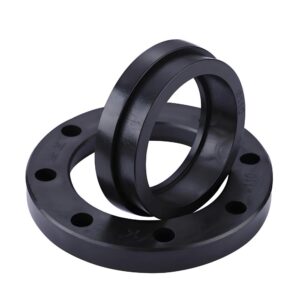What Is 6061 Aluminum?
6061 aluminum, a versatile alloy from the 6000 series, contains magnesium and silicon as primary alloying elements. The T6 temper, achieved through solution heat treatment and artificial aging, enhances its strength and hardness. This alloy excels in strength, corrosion resistance, and weldability, earning its reputation as a “general-purpose” aluminum for diverse applications, from structural components to precision machined parts.
First developed in the 1930s, 6061-T6 aluminum remains a cornerstone in industries needing strong, lightweight materials. Its ease of forming, machining, and finishing makes it cost-effective for manufacturers. The alloy’s balanced properties suit both industrial and consumer products, ensuring its continued relevance in modern manufacturing.
Chemical Composition of 6061 Aluminum
The alloy’s performance stems from its precise chemical composition. Below is a breakdown of its key elements:
- Aluminum (Al): 95.8–98.6% – Forms the lightweight base.
- Magnesium (Mg): 0.8–1.2% – Boosts strength and heat-treatability.
- Silicon (Si): 0.4–0.8% – Enhances strength and formability.
- Iron (Fe): ≤0.7% – Minimized to ensure corrosion resistance.
- Copper (Cu): 0.15–0.4% – Increases strength and hardness.
- Chromium (Cr): 0.04–0.35% – Improves corrosion resistance.
- Zinc (Zn): ≤0.25% – Adds minor strength.
- Titanium (Ti): ≤0.15% – Refines grain structure.
- Manganese (Mn): ≤0.15% – Enhances workability.
- Other Elements: ≤0.05% each, ≤0.15% total – Fine-tunes properties.
This composition delivers strength, workability, and environmental resistance, ideal for machining and fabrication.
Properties of 6061 Aluminum
Mechanical Properties
6061-T6 aluminum offers robust mechanical properties for structural and load-bearing uses:
- Tensile Strength: ~290 MPa (42,000 psi) in T6, supporting structural applications.
- Yield Strength: ~241 MPa (35,000 psi), resisting deformation under stress.
- Elongation: 8–10% in T6, enabling forming processes.
- Hardness: ~95 Brinell (HB), ensuring wear resistance.
- Fatigue Strength: Moderate, suitable for cyclic loading in aircraft parts.
These properties make 6061-T6 strong yet machinable, ideal for demanding applications.
Physical Properties
The alloy’s physical traits enhance its versatility:
- Density: 2.7 g/cm³ – Lightweight for aerospace and automotive uses.
- Melting Point: 582–652°C (1080–1205°F) – Handles moderate heat well.
- Thermal Conductivity: 167 W/m·K – Dissipates heat effectively.
- Electrical Conductivity: 43% IACS – Supports electrical applications.
- Corrosion Resistance: Excellent, especially in marine environments.
These characteristics ensure reliability in diverse conditions, from harsh outdoors to precision settings.
What Is 6061 Aluminum Used For?

The versatility of 6061-T6 aluminum makes it a popular choice across a wide range of industries. Its combination of strength, lightweight construction, and corrosion resistance allows it to excel in applications where performance and durability are paramount. Here are some common uses:
- Aerospace: The aluminum alloy is widely used in aircraft components, such as wing structures, fuselage panels, and landing gear parts, due to its high strength-to-weight ratio.
- Automotive: The alloy is found in car frames, chassis components, and wheels, where its lightweight nature improves fuel efficiency without sacrificing durability.
- Marine: Its corrosion resistance makes it ideal for boat fittings, masts, and hull components exposed to saltwater environments.
- Construction: It is used in structural beams, scaffolding, and architectural frameworks, thanks to its strength and aesthetic appeal when anodized.
- Consumer Goods: From bicycle frames to camera bodies, the alloy’s workability and finish make it a favorite for high-quality consumer products.
- Electronics: Its thermal and electrical conductivity make it suitable for heat sinks, enclosures, and other electronic components.
- Machinery: Precision-machined parts, such as gears, brackets, and fittings, benefit from 6061 T6 aluminum’s ease of machining and durability.
The alloy’s T6 temper enhances its strength, making it particularly suitable for demanding applications where reliability is critical.
Processing and Fabrication Techniques for 6061 Aluminum
One of the reasons 6061 T6 aluminum is so widely used is its compatibility with a variety of processing and fabrication techniques. Manufacturers can shape, join, and finish this alloy with ease, making it a favorite in the machining industry. Below are some common methods:
- Machining: The aluminum alloy is highly machinable, allowing for precise cutting, drilling, and milling. Its moderate hardness ensures clean cuts without excessive tool wear.
- Welding: The alloy responds well to welding techniques like MIG and TIG, producing strong, reliable joints. However, care must be taken to avoid cracking in heat-affected zones.
- Forming: It can be bent, stamped, or drawn into complex shapes, though its increased hardness in the T6 temper requires careful control to avoid cracking.
- Extrusion: The alloy is commonly extruded into profiles like tubes, bars, and channels, which are used in construction and automotive applications.
- Anodizing: It can be anodized to enhance its corrosion resistance and aesthetic appeal, creating a durable, colorful surface finish.
- Heat Treatment: The T6 temper is achieved through solution heat treatment and aging, optimizing the alloy’s strength and hardness for specific applications.
These techniques highlight the alloy’s adaptability, enabling manufacturers to produce high-quality components with minimal waste and maximum efficiency.
Why 6061 Aluminum Continues to Shine in Manufacturing
The enduring popularity of 6061 T6 aluminum lies in its ability to meet the demands of modern manufacturing. Its balanced properties—strength, lightweight construction, corrosion resistance, and workability—make it a versatile material that adapts to a wide range of applications. From aerospace components to consumer electronics, this alloy delivers reliable performance without compromising on quality or cost. Its compatibility with various fabrication techniques further enhances its appeal, allowing manufacturers to create precise, durable components with ease.
For companies seeking high-quality machining solutions, partnering with an experienced provider is key to unlocking the full potential of 6061 T6 aluminum. Precionn specializes in working with advanced materials like 6061 T6 aluminum to deliver precision-crafted components for international customers. With a commitment to quality and innovation, Precionn leverages its expertise to help clients achieve their manufacturing goals, whether for aerospace, automotive, or consumer applications. Visit our website to learn more about how they can bring your projects to life with the power of 6061 T6 aluminum.




